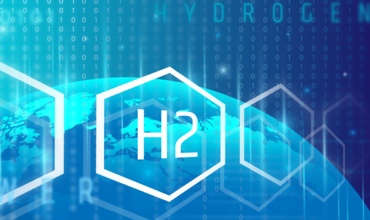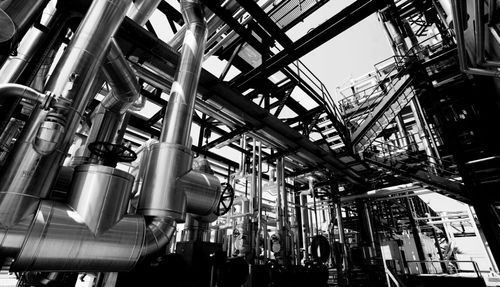CarbonCure Technologies and Heirloom have signed an agreement through 2025 to permanently store atmospheric CO2 captured by Heirloom’s Direct Air Capture (DAC) technology in concrete using CarbonCure’s carbon mineralization technologies, according to a news release.
The agreement advances the DAC-to-concrete storage pathway that the two carbon removal companies successfully demonstrated earlier this year – and provides an immediately-available storage solution that will enable Heirloom to scale its technology in the coming years.
In February, Heirloom, CarbonCure and concrete producer Central Concrete made history by demonstrating for the first time ever the ability to capture CO2 from the atmosphere and permanently embed it in concrete. The CO2 was captured at Heirloom’s DAC facility in Brisbane, CA. Using CarbonCure’s Reclaimed Water Technology, that CO2 was permanently stored in concrete that was then supplied to construction projects across San Jose, CA. The CarbonCure process locks away CO2 for centuries, ensuring it will not be returned to the atmosphere, even if the concrete is demolished.
Under the recently-signed agreement, CarbonCure will permanently store CO2 captured by Heirloom’s DAC facilities in proximate concrete plants. CarbonCure provides a proven, immediately-available and verifiable concrete storage solution as Heirloom prepares to launch its first commercial facility, according to the release.
In addition to this agreement, Heirloom and CarbonCure are also working together following notification of selection by the Department of Energy for a DAC Hub project in Illinois.
“The urgency of deploying and scaling removal technologies becomes more clear with each temperature record that is broken,” said Shashank Samala, CEO of Heirloom. “Working with CarbonCure opens an immediately-available, permanent storage pathway that will allow Heirloom to continue scaling our technology today. Being able to immediately move forward with real-world deployments that permanently sequester CO2 will be invaluable as we race to meet the urgency that climate change requires.”
“CarbonCure is very excited to collaborate with Heirloom, demonstrating the very near-term opportunity for carbon removal, not just this decade but over the next few months,” said Robert Niven, CEO of CarbonCure Technologies. “Ours is a climate solution that puts captured CO2 to good use, permanently storing it and using it to build greener homes, highways, high-rises and more.”
Heirloom uses limestone, an abundant, easy-to-source and inexpensive material, to pull CO2 from the air. Harnessing a cyclic process, the limestone is broken down into calcium oxide rock and CO2 gas using heat from a renewable-energy powered, electric kiln. The calcium-based material is spread onto vertically stacked trays where it acts like a sponge – pulling CO2 from the air before it is returned to the kiln and the process begins again. The captured CO2 gas is then permanently stored – either safely underground or embedded in concrete. In August, Heirloom received Notification of Selection from the U.S. Department of Energy (DOE) for a proposal for the Bipartisan Infrastructure Law’s Regional Direct Air Capture (DAC) Hubs program in Louisiana. In September, Heirloom signed a deal to deliver 315,000 metric tons of CO2 removal to Microsoft – one of the largest CO2 removal deals to date.
CarbonCure licenses a suite of carbon mineralization technologies to nearly 800 concrete plants across 35 countries. When CarbonCure injects CO2 across the concrete manufacturing process, it immediately mineralizes and becomes permanently embedded. CarbonCure’s Carbon XPRIZE-winning technologies also enable concrete manufacturing with less carbon emissions from virgin cement, less fresh water usage and less waste material. To date, CarbonCure’s global network of concrete producer partners has produced more than five million truckloads of carbon mineralized concrete, removing and reducing more than 365,000 metric tons of CO2. That’s equivalent to taking more than 80,000 gas-powered cars off the road for a year.








